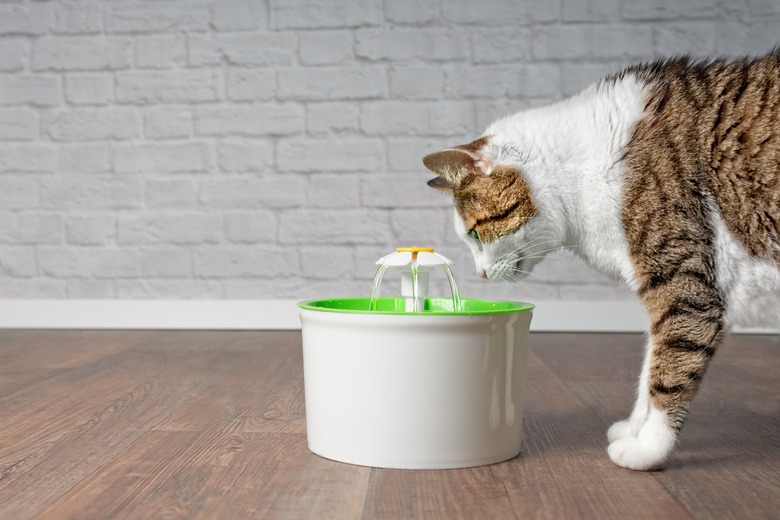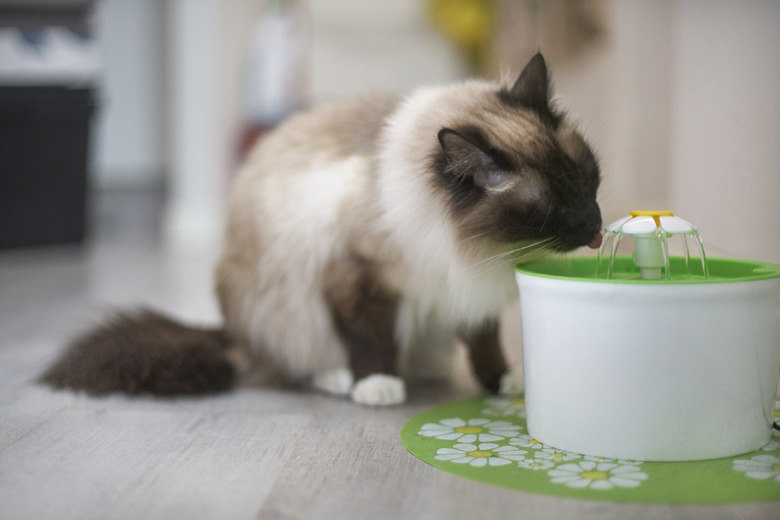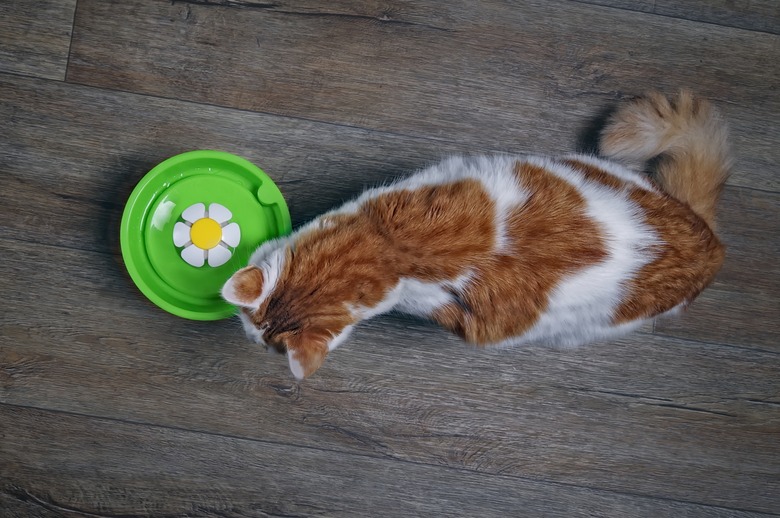Are Pet Water Fountains Safe?
Like humans, cats and dogs need to drink plenty of water to stay hydrated throughout the day. However, you may find that constantly refilling your pet's water bowl is getting a bit tedious, or, perhaps you're at work all day and can't swing by to refill it. By getting a device like a pet water fountain, you can ensure your cat or dog will drink more water and feel hydrated and healthy.
You might be wondering if a pet water fountain is a safe alternative to filling up your pet's water bowl on your own. While it is certainly more convenient, you want to know if there is a difference between various designs of pet water fountains and which one would be best for your pet. Is one material safer than another? How about a certain design? Researching the potential hazards and downsides is going to be key to making your decision on whether or not to invest in a pet water fountain.
What is a pet water fountain?
What is a pet water fountain?
A pet water fountain is a watering device that runs on electricity. You will need to refill the water in it every few days or every few weeks depending on what type of model you purchase. Using a pump, the device will automatically fill your pet's bowl with water. It will also circulate the water and filter it.
Benefits of a pet water fountain
Benefits of a pet water fountain
Since pet water fountains don't need to be refilled as often as a regular water bowl, you can save time and energy and guarantee that your cat or dog is still drinking enough water. You can leave for work, for instance, and know that your pet will stay hydrated. Generally, the rule of thumb is that your cat needs 3.5 to 4.5 ounces of water per five pounds of body daily, while a dog needs an ounce of fluid per pound of body weight daily.
Additionally, you will know exactly how much water your pet is drinking with a pet water fountain, which you couldn't measure with just a bowl of water.
It may seem more natural for cats to drink out of a pet water fountain than a bowl of water because they instinctively like to drink from running water. They know that stagnant water is more susceptible to harmful bacteria, which is why they will sneak a drink from a leaky or running faucet, a bathtub, or even a toilet bowl. Pet water fountain water is typically fresher and cleaner than water that's just been sitting in a bowl.
Are there safety issues with a pet water fountain?
Are there safety issues with a pet water fountain?
Pet water fountains do have their drawbacks. For instance, plastic fountains contain BPA, a chemical that is carcinogenic. It's best to avoid plastic altogether not only because of BPA and BPA alternatives (some of which can also be carcinogenic), but also because your cat or dog may scratch it. These scratches can create openings where bacteria will thrive, which can make your pet sick.
Ceramic is a safer option, however, it's going to be on the heavier side and, if you drop it, it can form dangerous cracks. Some ceramic glazes contain lead, which can be harmful to your pet. Make sure you look for one with a ceramic glaze that is lead-free.
If you get a pet water fountain with a complicated design, it can be difficult to thoroughly clean it. This could lead to a buildup of harmful bacteria. The water could also become dirty if you forget to change out the water filters.
The best types of pet water fountains
The best types of pet water fountains
The best pet water fountains are made out of stainless steel, which is easy to clean and dishwasher-safe. It is also unbreakable and nonporous, so there's less of a chance of bacteria forming in it.
If you go with a ceramic pet fountain, make sure it's made with a lead-free glaze. You'll also want to check it every so often to see if there are any cracks to avoid a buildup of bacteria.
You don't want to get a pet water fountain with a complicated design. You want one that is easy to clean. Look for one with a simple design.
Maintaining your pet water fountain
Maintaining your pet water fountain
You'll need to be vigilant about cleaning your pet water fountain at least every other week. When you clean it, wash it with warm, soapy water and wipe the area where the pump is housed. You should clean the filter with mild soap and water, too, and replace the filters as often as the manufacturer recommends. You can use a small sponge or toothbrush to get into the areas that may be hard to reach.
Drawbacks of a pet water fountain
Drawbacks of a pet water fountain
Aside from safety issues, there are other downsides to pet fountains. They may be noisy, for instance, and the water could end up splashing everywhere. The fountains can be expensive—top models are around $90—and then you have to buy filters to maintain cleanliness. Unlike a regular water bowl, a pet fountain can be difficult to clean since there are so many parts to it.
Conclusion
Conclusion
A pet water fountain is a great option for your dog or cat if you can't refill their water bowl all the time. In some ways, it's more sanitary than a regular water bowl and definitely more exciting and natural for cats. Just make sure to keep the fountain as clean as possible by washing out all the parts and replacing the filters as needed. Then, your pet will drink more water and be happy and healthy.


